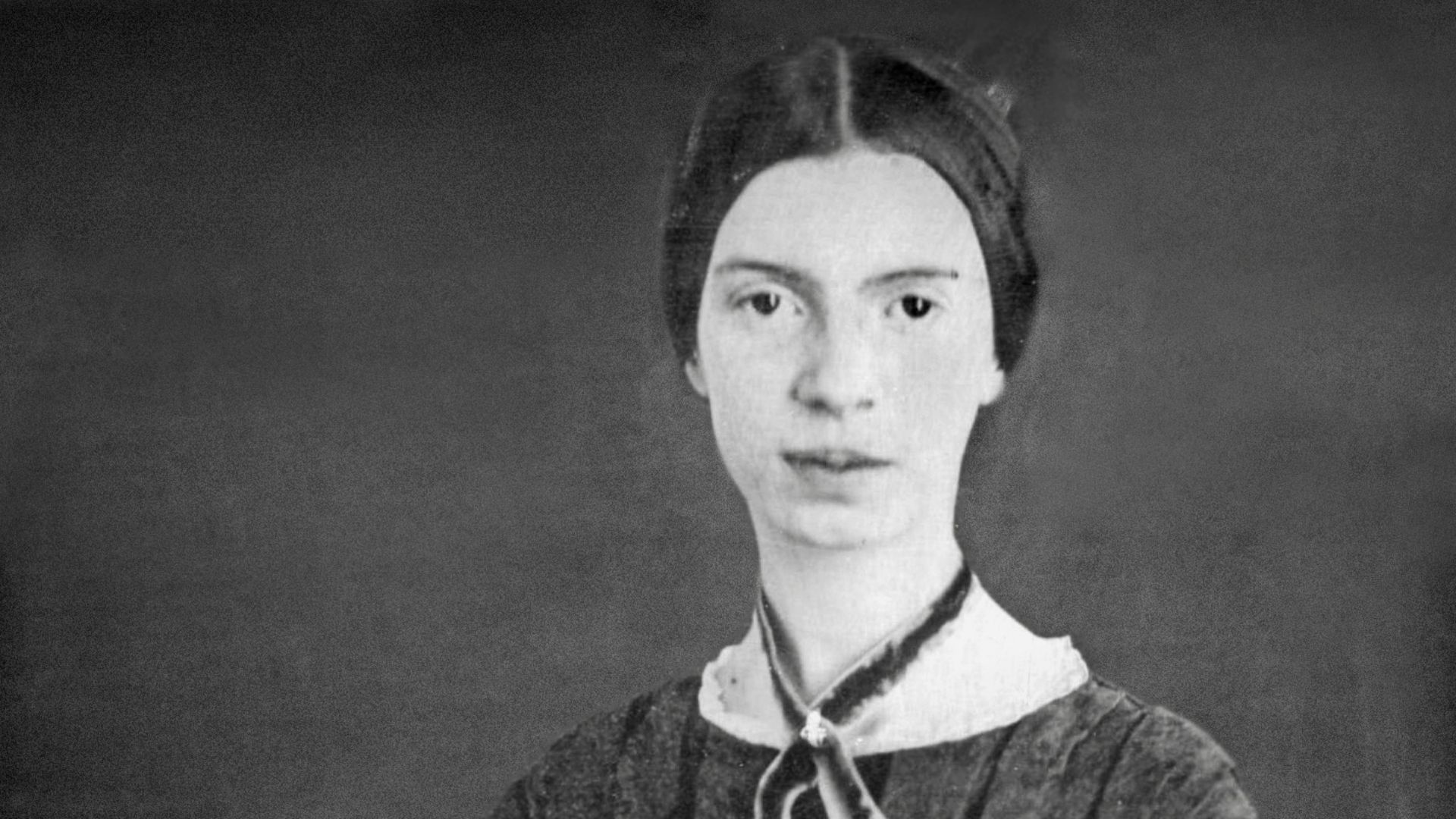Monday, January 13, 2003
Taking Up The Fair Ideal Comments
Rating: ★2.7
428
Taking up the fair Ideal,
Just to cast her down
...
Read full text
Emily Dickinson

Dickinson’s poem 428 (“Taking up the fair Ideal”) represents her concerns with Romantic ideas. Throughout the poem she discusses Ideals; the ideal beauty or woman. In the first stanza Dickinson comments on a broken Ideal and likens it to a “splintered Crown”. This image is important because it highlights how something that should be elevated and important is demeaned and respected less. This lack of respect continues to religion in the next lines. Once the Ideal, which should solid, is shattered, God too becomes demeaned and “the heavens become portable”. The final lines of the first stanza are noteworthy because Dickinson writes a lot of meaning into the few words. Adam, in the Biblical sense, blames Eden for his inability to keep his promise; Eden was the temptress and Adam could not resist. This idea can be extended where Adam represents mankind as a whole who blames God for tempting them into sin. The second stanza illustrates how people are so unable to let the Ideal go and that they will simply wait until the Ideal is again elevated. The final lines of the stanza show the “fixing” of the Ideal; its “Stains—all washed-/Transfigured—mended”. In the first stanza the Ideal is a “splintered Crown” but becomes “transfigured” and beautiful again. If the Ideal represents a woman, it appears Dickinson is saying that a woman is only beneficial when she is beautiful and one must wait for her to “fix” herself and become beautiful again.